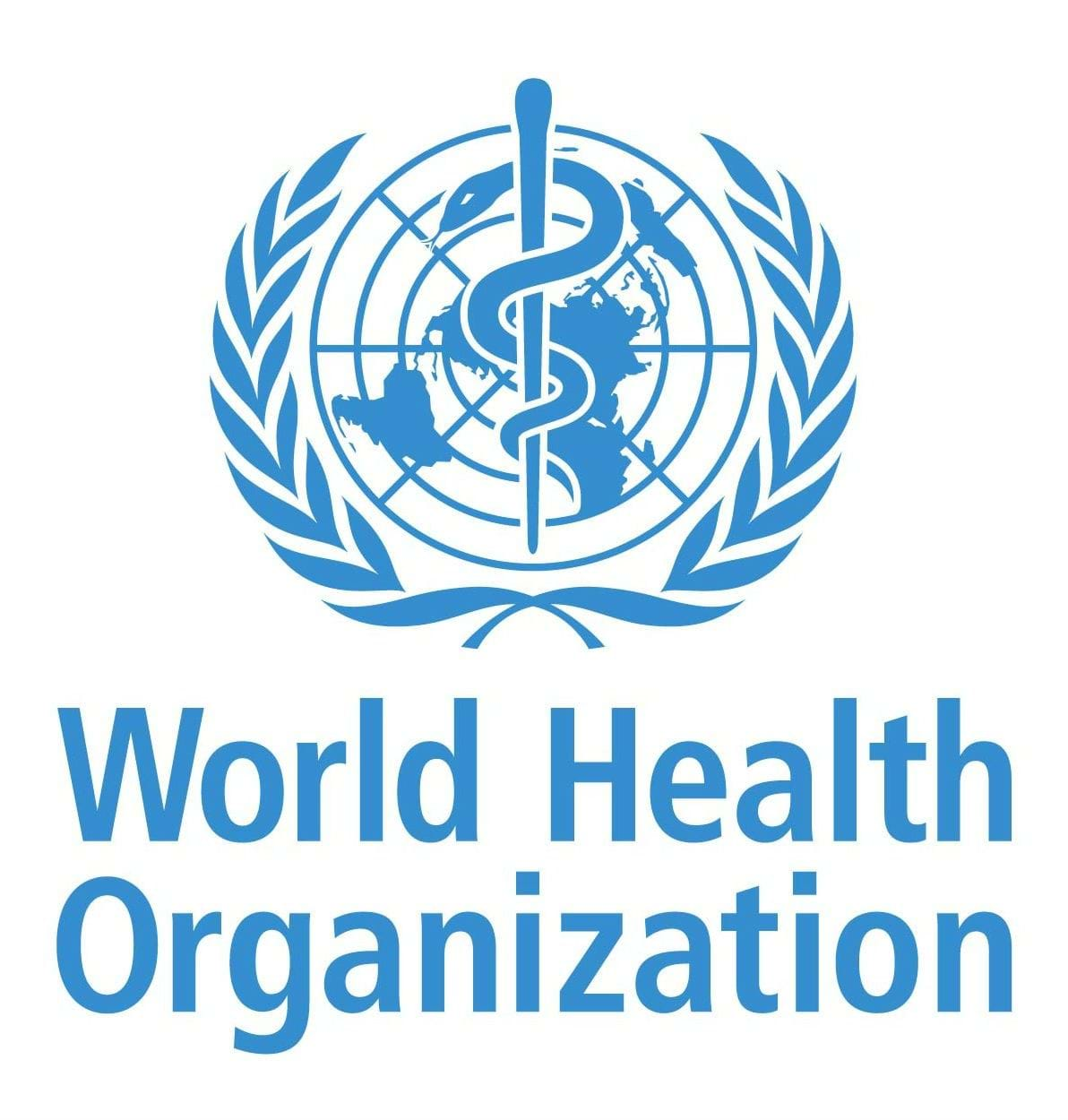PMNCH joined forces with Ferring Pharmaceuticals and Philips at Davos to tackle an urgent question: How can public-private-philanthropic partnerships (4Ps) drive greater progress toward achieving Sustainable Development Goal (SDG) targets for women, children, and adolescents?
With less than five years remaining to meet the SDGs, the urgency is clear. Maternal mortality rates have stagnated since 2015, and progress in reducing newborn and child mortality has slowed dramatically. Adding to these challenges are climate change, conflict, and economic pressures, exacerbated by the lingering effects of COVID-19. But perhaps most concerning is the lack of coordinated strategies and partnerships to bridge existing gaps. This gathering brought together representatives from leading and emerging private sector organizations in health, philanthropists, UN agency heads, and ministry representatives in a conversation aimed at identifying practical solutions.
Solutions for Urgent Challenges
The PMNCH-hosted roundtable underscored the importance of innovative approaches and multi-sectoral collaboration to overcome these challenges. The conversation emphasized that in the face of rising challenges public-private-philanthropic partnerships (PPPPs) are not only logical but essential for creating a comprehensive, impactful ecosystem. These partnerships, in order to be most impactful, must transcend resource-sharing/mobilization as the sole or primary objective, as is often the case when the private sector or philanthropies are involved. Identifying co-benefits and working hand in hand with the private sector, can ensure that their core resources, which outnumber their philanthropic resources exponentially, are all put at the services of women, children and adolescents. This, however, requires building trust, aligning incentives, identifying scalable solutions and establishing robust governance frameworks are key to fostering sustainable collaboration . When done effectively, these can save lives. For instance, the Community Health Delivery Partnership has brought healthcare closer to communities by equipping frontline workers with tools, training, and support to save lives.
"Our role as Philips is to engage with public-sector leaders and understand community needs to ensure tailored and effective solutions. Innovations must align with local contexts to minimize risks and maximize impact," said Jan-Willem Scheijgrond, Global Head of Government and Public Affairs at Philips.
Dreams Amid Despair: A Sudanese Girl’s Hope and the Urgent Call for Action
During the roundtable, Catherine Russell, Executive Director of UNICEF, shared a touching story that resonated with everyone present. Reflecting on her recent visit to Sudan, she met four young girls, each full of dreams despite the bleak circumstances surrounding them.
“These girls, probably around 13 or 14 years old, spoke to me about wanting to become doctors, architects,” she said, her voice heavy with emotion. “The situation there is so desperate, yet their hope was unshaken. It was inspiring but also heartbreaking because I couldn’t help but think—how will these dreams ever come true? Realistically, under the current conditions, they won’t. But we cannot allow that to happen. We must give these girls a chance. We must do everything we can”
Miss Russell emphasized that a big part of making these dreams achievable lies in ensuring access to healthcare and education. "We need to keep them in school, give them access to SRHR, ensure they receive the HPV vaccine, protect their future, and provide the foundational health services they deserve,” she urged.
An agreed Roadmap The discussion generated some key agreements.
The blueprint exists: Scaling solutions requires strong partnerships and collective determination.
Ecosystem integration: Disruptive innovations must be supported by robust supply chains, empowered health workers, and a focus on gender equality.
Prioritize UHC: Universal health coverage is essential, but achieving it requires accelerating change within often conservative health systems.
Adolescents as catalysts: Every girl deserves the chance to realize her dreams. Ensuring access to health, education, and opportunity is critical.
Bold investments needed: Long-term impact depends on innovative funding models and collaboration across public, private, and philanthropic sectors.
The roundtable also provided a space to share innovations. For instance, Ferring Pharmaceuticals showcased their postpartum hemorrhage (PPH) solution, heat-stable carbetocin, designed to be used in settings where refrigeration and cold-chain transport of medicines are challenging, particularly in low- and lower-middle-income countries. Yet, they highlighted the issues they face to promote uptake of the solution, which include the need for regulatory approvals, ensuring affordability, and creating awareness about its benefits among healthcare providers and policymakers. These discussions are critical, noting that PPH remains the leading cause of maternal mortality, with only two major innovations to address it in history.
A Collective Responsibility
As discussions concluded, the message was unambiguous: achieving these ambitious goals requires a united effort—governments, private companies, philanthropies, and civil society must work together. Hon. Helen Clark summarized it aptly: “Let us remain optimistic but grounded in action. The solutions exist; now, we must implement them.”
This roundtable was more than a discussion—it was a rallying cry for action. Clear follow-ups were identified which include:
The participants left with a renewed sense of purpose, ready to drive forward the agenda for maternal, newborn, child, and adolescent health. Together, they are shaping a world where no one is left behind—a future defined by innovation, collaboration, and meaningful action. If you are interested in engaging in this work in the future, please contact pmnch@who.int.

.png?sfvrsn=6d0e27cd_1)



